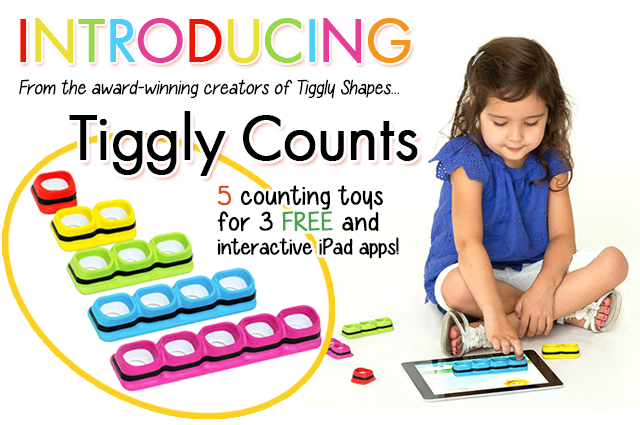There are tons of articles and lists about the best apps for kids with autism. However, you may be missing out on one of the best possible uses of smartphones and tablets for improving services for your learner: the camera app that is already built into the device.
A wealth of research has shown the efficacy of using video modeling to teach children and adults with autism, to train staff on how to implement programs and procedures, and to train parents on interventions. Smartphones and tablets make creating such videos much easier than it was in the past. Here’s why you should be using smartphones and tablets for video modeling for autism, as well as a few things to consider:
- Be sure you have named the steps of the procedure or program you are modeling. It may be helpful to have those steps written down for the person using the video model.
- If you are a teacher or practitioner recording your learner, be sure you have consent from the individual’s guardian(s). Also, check in about any recording policies at your school or center.
- If you are a parent struggling to implement an intervention, request that the teacher or practitioner create a video model. It’s helpful to see someone else doing and to be able to refer back to that video as necessary.
- If you are taking video of your learner for the first time, you may want to set up the tablet or smartphone without taking video for a few sessions before you actually create the video model. This will help avoid problems with the learner changing his or her behavior because a new (and often desirable) object is in the environment.
- Consult the literature! As I mentioned before, there is a huge amount of research on video modeling. In recent years, it has been used to teach children with autism to make requests (Plavnick & Ferreri, 2011), increase treatment integrity for teachers implementing interventions (DiGennaro-Reed, Codding, Catania, & Maguire, 2010), teach children how to engage in pretend play (MacDonald, Sacramone, Mansfield, Wiltz, & Ahearn, 2009), increase social initiations of children with autism (Nikopoulos & Keenan, 2004), and more.
With the easy-to-use technology at our fingertips every day, video modeling is a simple and efficient way to demonstrate a new skill. This basic use of smartphones and tablets should not be overlooked because it can have a huge impact on teaching learners with autism new skills or helping parents and staff implement stronger programs and interventions.
References
DiGennaro-Reed, F. D., Codding, R., Catania, C. N., & Maguire, H. (2010). Effects of video modeling on treatment integrity of behavioral interventions. Journal of Applied Behavior Analysis, 43(2), 291–295.
MacDonald, R., Sacramone, S,. Mansfield, R., Witz, K., & Ahearn, W.H. (2009). Using video modeling to teach reciprocal pretend play to children with autism. Journal of Applied Behavior Analysis, 42(1), 43–55.
Nikopoulous, C.K. & Keenan, M. (2004). Effects of video modeling on social initiations by children with autism. Journal of Applied Behavior Analysis, 37(1), 93–96.
Plavnick, J. B., & Ferreri, S. J. (2011). Establishing verbal repertoires in children with autism using function-based video modeling. Journal of Applied Behavior Analysis, 44(4), 747–766.
WRITTEN BY SAM BLANCO, MSED, BCBA
Sam is an ABA provider for students ages 3-12 in NYC. Working in education for ten years with students with Autism Spectrum Disorders and other developmental delays, Sam has developed strategies for achieving a multitude of academic, behavior, and social goals. Sam is currently pursuing her PhD in Applied Behavior Analysis at Endicott College.


